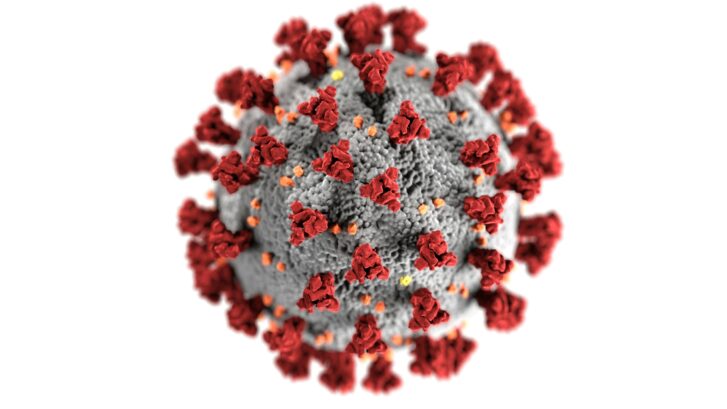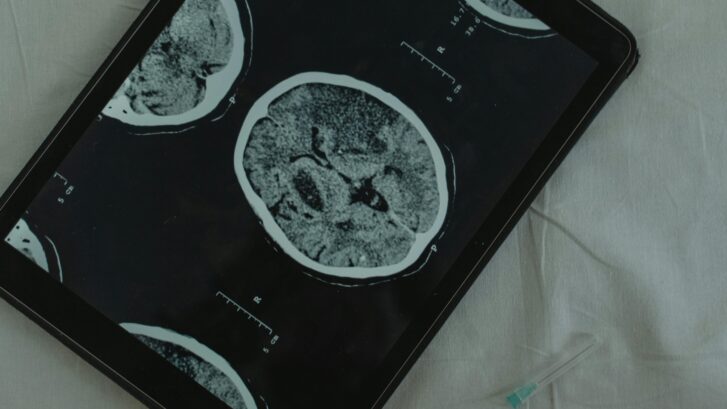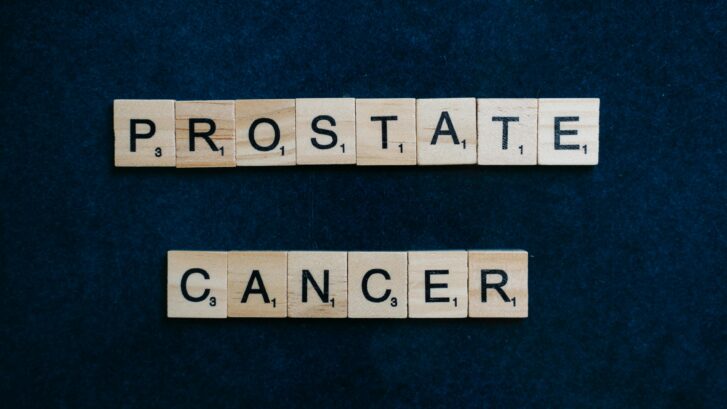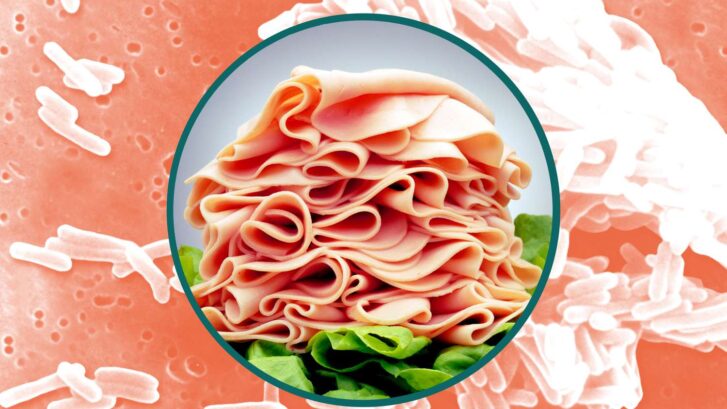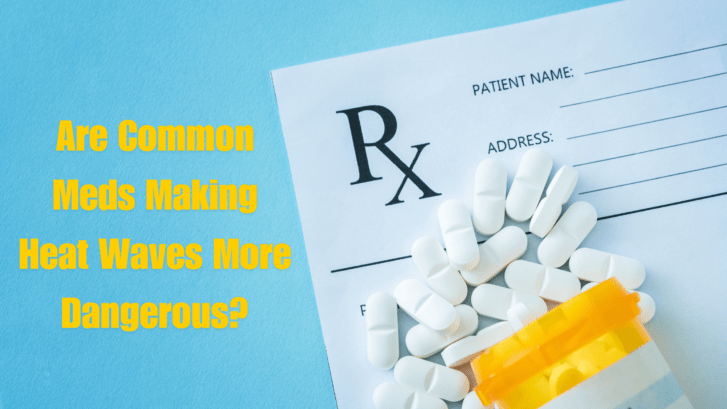Breaking the Phone Addiction: Gen Z’s Unhealthy Relationship with Technology
Smartphones are a vital part of modern life, but for many, especially Gen Z, the relationship with their devices is becoming unhealthy. According to the BePresent 2024 Digital Wellness Report, 83% of Gen Z users feel their phone habits negatively affect their lives. This excessive screen time is linked to sleep loss, anxiety, and a decline in productivity. Our primary care doctors in Jupiter dive into why this is happening and how to create healthier habits.
How Much Screen Time Is Too Much?
The average person spends five hours daily on their phone, with Gen Z logging even more time—20% report spending over eight hours a day on their devices. This high screen time takes a toll on mental health and daily routines.
The Effects of Phone Addiction
Overusing smartphones is linked to several issues:
- Sleep Loss: 50% of users report losing sleep due to late-night scrolling, with 66% of Gen Z affected.
- Increased Anxiety: 33% say phone use worsens their anxiety, as constant notifications and comparisons on social media heighten stress.
- Reduced Productivity: 43% of Gen Z struggle with staying focused because of their phones.
Why Are Phones So Addictive?
Social media apps, streaming services, and gaming are designed to keep users engaged. Gen Z spends significant time on these platforms:
- 73% use phones for entertainment.
- 61% spend hours on social media daily.
While these activities can be fun, they often lead to mindless scrolling, contributing to stress and lost time.
How to Develop a Healthier Relationship with Your Phone
- Set Boundaries:
- Use app timers to limit daily use of social media or games.
- Avoid screens at least one hour before bed to improve sleep.
- Schedule Tech-Free Times:
- Dedicate periods during your day to focus on hobbies, work, or socializing without your phone.
- Create Intentional Screen Time:
- Use your phone for meaningful connections rather than endless scrolling.
- Turn Off Non-Essential Notifications:
- Disable alerts for apps that aren’t urgent to reduce distractions.
- Reflect on Usage:
- Regularly check screen time reports to stay aware of your habits.
The Path to Digital Wellness
Phones are tools meant to enhance our lives, but balance is key. For Gen Z, learning to manage screen time can significantly improve mental health, sleep, and productivity. By creating intentional habits, we can all foster a healthier relationship with our devices.
Your phone should work for you—not the other way around. Take the first step toward reclaiming your time and well-being today!



